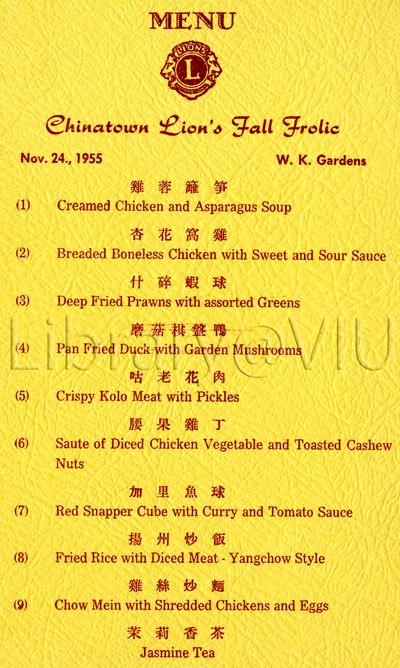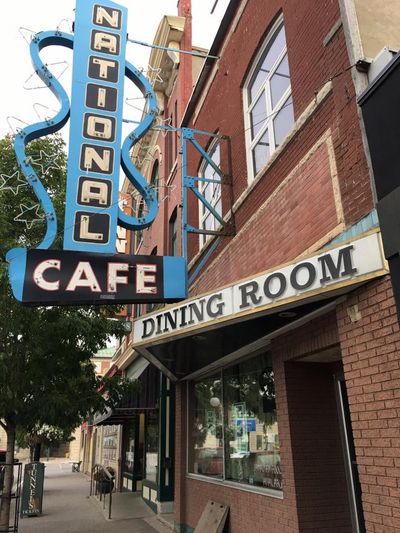I love the stories that can be told by a collection of old things. And I love the how a collection of your old things evoke your stories, which in turn trigger my own stories.
A couple of weeks ago, I attended a lecture at the Royal BC Museum about a collection of menus from Canadian Chinese restaurants. The collection was built by Imogene Lim, a professor of Anthropology who grew up in her parent's restaurant in Vancouver. It was a compelling talk.
It was put on by the Friend of the BC Archives and in addition to being entertainment on a rainy Sunday afternoon, attempted to answer the question of whether this type of material was worthy of joining the Archives. I am strongly in favour of such a move. This is true People's History stuff. The contents, the styles, the typography, even the prices place each object in a specific time and place. They tell as big a story as a grecian urn or an obelisk.
Most of the menus she discussed were from the 1950's and 60's, a time where Vancouver's Chinatown was booming, with restaurants big and small, dance halls and supper clubs. It was also a time when "Canadian" Chinese food slowly incorporated more traditional, and exotic, Chinese dishes. Those were the days when special occasions required custom, printed menus, which both described the delicious fare but also acted as a souvenir of the event. Ms. Lim shared menus from banquets honouring magnates and prime ministers, golf clubs and wedding parties.

Special menu for a Lions Club banquet, 1955. From the Imogene Lim collection.
One photo in particular struck me. It was a posed family photo taken at a wedding banquet at the W.K. Gardens, Lim's family restaurant. The picture took me back to my own childhood, and the first family picture that I can remember.
When I was a boy, at the end of fall harvest, when the last fields were cleared on my grandpa's farm, we all got dressed up and headed to the National Cafe on Main Street in Moose Jaw. Downstairs at the National was a small lunch counter, but once you walked past the counter and headed upstairs, you entered the luxurious (for a 9 year old) Arbour Room, the National's dining room. Dark wood panelling, dragon motifs, and long tables waiting for big groups. We'd all have a huge feast to celebrate a safe, productive harvest. It's where I fell in love with deep-fried shrimp, out in the middle of the land locked prairies.

National Cafe, Moose Jaw, Saskatchewan
Most years it was just six of us - my grandparents and my family. Mom's sisters all left the farm and moved away. But one year both of my aunts were home at harvest time, and the entire family came out for the annual Arbour Room feast. All the family I had, at least on my mom's side. And yes, we posed for a family picture at the restaurant too. I still have it packed away somewhere.
And that's the power of stories. Imogene Lim shares a picture of a wedding in Vancouver when she's a little girl, and I'm taken back in time, to her childhood and to my own. Even though the restaurants and a thousand kilometers apart, and twenty years apart, we're together. We're connected.
Although she likely wasn't eating deep-fried shrimp like they served in Moose Jaw. That was extra special stuff.
PS - Something I learned at the talk: The "W. K." in W. K. Gardens stands for Wah Kue, or Overseas Chinese. Which explains why I've seen "W. K." in the name of so many Chinese restaurants across the country.
PPS - I know it's the modern way of doing things, but I'm not a fan of running a talk in-person and simultaneously on Zoom. The moderator kept trying to engage with both groups at the same time and I suspect neither group found it satisfactory. Every time we made a connection in the room we had to stop and try to bring the folks on screen in on the joke.